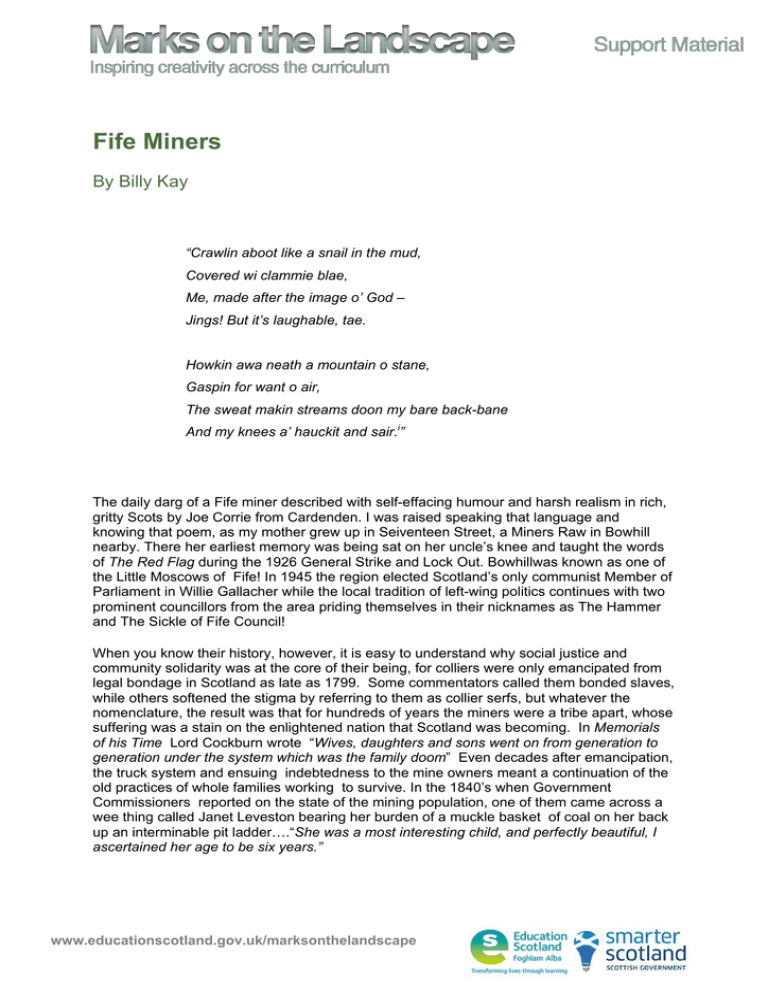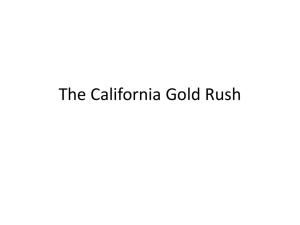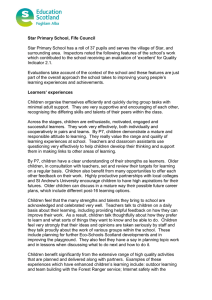Fife Miners By Billy Kay
advertisement

Fife Miners By Billy Kay “Crawlin aboot like a snail in the mud, Covered wi clammie blae, Me, made after the image o’ God – Jings! But it’s laughable, tae. Howkin awa neath a mountain o stane, Gaspin for want o air, The sweat makin streams doon my bare back-bane And my knees a’ hauckit and sair.i” The daily darg of a Fife miner described with self-effacing humour and harsh realism in rich, gritty Scots by Joe Corrie from Cardenden. I was raised speaking that language and knowing that poem, as my mother grew up in Seiventeen Street, a Miners Raw in Bowhill nearby. There her earliest memory was being sat on her uncle’s knee and taught the words of The Red Flag during the 1926 General Strike and Lock Out. Bowhillwas known as one of the Little Moscows of Fife! In 1945 the region elected Scotland’s only communist Member of Parliament in Willie Gallacher while the local tradition of left-wing politics continues with two prominent councillors from the area priding themselves in their nicknames as The Hammer and The Sickle of Fife Council! When you know their history, however, it is easy to understand why social justice and community solidarity was at the core of their being, for colliers were only emancipated from legal bondage in Scotland as late as 1799. Some commentators called them bonded slaves, while others softened the stigma by referring to them as collier serfs, but whatever the nomenclature, the result was that for hundreds of years the miners were a tribe apart, whose suffering was a stain on the enlightened nation that Scotland was becoming. In Memorials of his Time Lord Cockburn wrote “Wives, daughters and sons went on from generation to generation under the system which was the family doom” Even decades after emancipation, the truck system and ensuing indebtedness to the mine owners meant a continuation of the old practices of whole families working to survive. In the 1840’s when Government Commissioners reported on the state of the mining population, one of them came across a wee thing called Janet Leveston bearing her burden of a muckle basket of coal on her back up an interminable pit ladder….“She was a most interesting child, and perfectly beautiful, I ascertained her age to be six years.” www.educationscotland.gov.uk/marksonthelandscape When eventually the miners combined and organised themselves under leaders like Keir Hardie, you can understand why they preserved their radicalism! What is less well known outwith the old mining communities though, is the vibrant sense of community spirit they also retained and the plethora of organisations, clubs and societies that maintained the community; the Co-operative Society, the choirs, pipe bands, brass bands, debating societies, Burns Clubs, Quoiting Clubs, Young Pioneers, Socialist Sunday Schools, the Doos, the Dugs, the Peds, the Ramblers, the freewheeling cycle clubs, the community focuses called the Goths which ran pubs and even cinemas whose profits were put back into the community, the dramatic societies which put on the plays of Joe Corrie, the football clubs, the Workers Education Classes and many more too numerous to mention. The outsiders’ image of a mining village is one devoid of culture, but those who belonged knew that the communities contained a wide range of people and a cross section of society. The father of the Scottish Literary Rennaissance, Hugh MacDiarmid for example, used to attend the Burns Supper organised by the Bowhill People’s Burns Club so that he could spend the day discussing politics and culture with his friend the working class intellectual, John Murdoch. The pits have all but disappeared, but for people like me generations removed from the coalface, knowledge of the steiran, thrang, virr and smeddum of the mining communities will always make us proud to come from mining stock. I am not alone, for according to the historian of the miners, Robert Page Arnot, by the turn of the 20th century… “miners with their wives and families must have made up nearly a fiftth of the total population of Scotland.” That means there are a lot of “brither an sister Scots” like me with coal dust in their blood. Glossary clammie blae: howkin: darg: the Doos: the Dugs: the Peds: steiran: thrang: virr: smeddum: damp bluish-grey clay digging work, shift pigeon racing greyhound or whippet racing pedestrian athletes i.e. professional runners. bustling crowded vitality energy, resourcefulness For more information visit www.billykay.co.uk i Corrie, Joe Plays, Poems and Theatre Writings. Edinburgh 1985 : 7:84 Publications. ISBN 0948177004. www.educationscotland.gov.uk/marksonthelandscape


